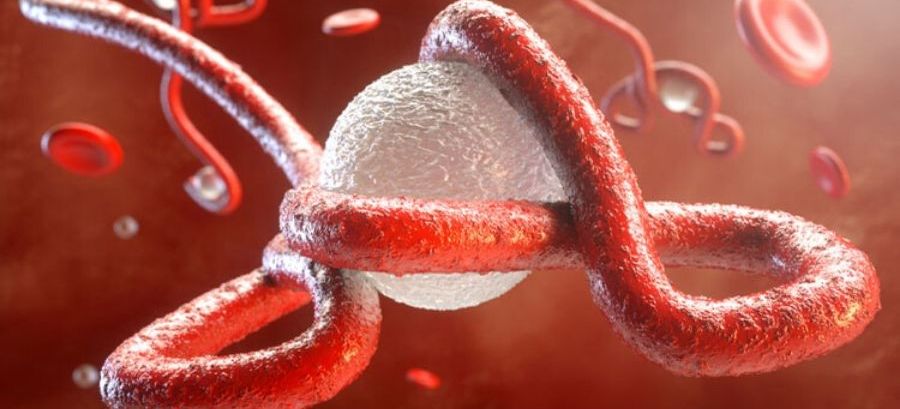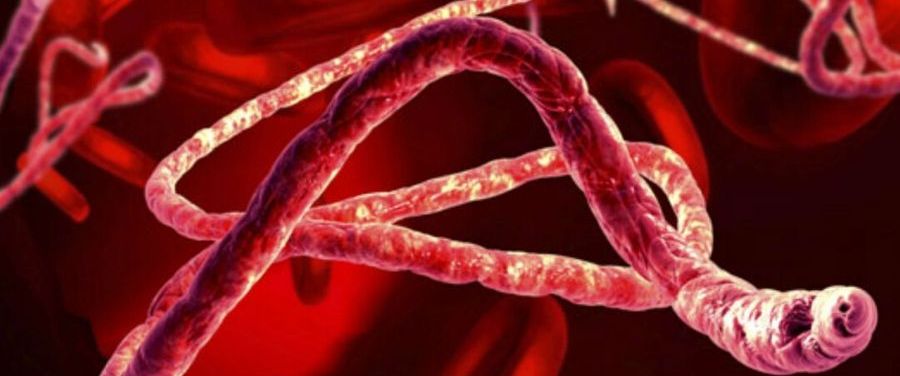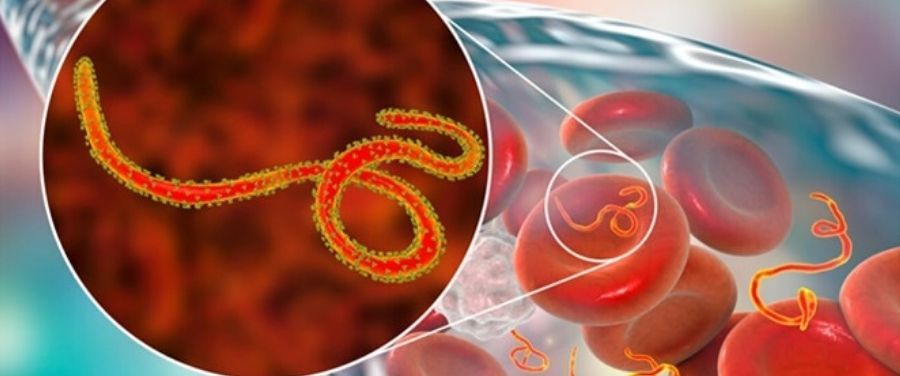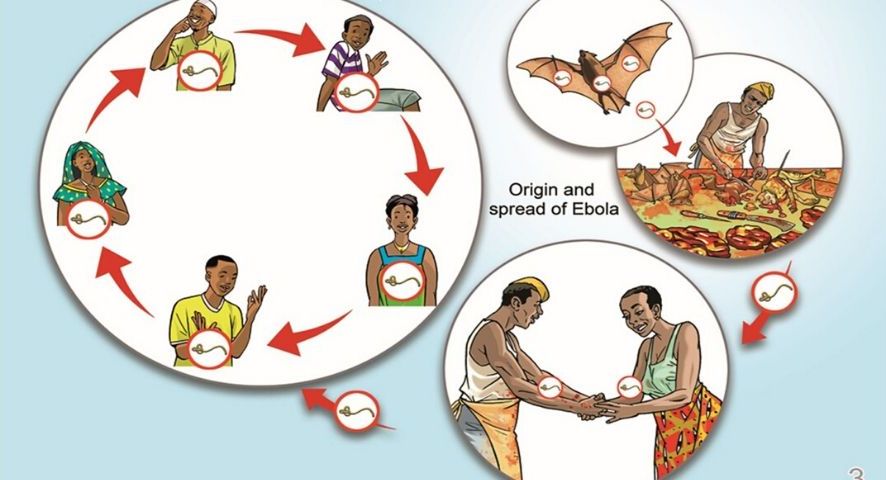WHAT IS EBOLA VIRUS?
Ebola virus disease (EVD) is also known as simply Ebola or Ebola hemorrhagic fever (EHF), caused by Ebola virus. Ebola virus is a member of the filovirus family, which occurs in humans and other primates.
The Ebola virus disease that has wreaked havoc across Guinea, Sierra Leone and Liberia has been regarded as a severe illness in individuals by the World Health Organisation (WHO).
It causes bleeding outside and in the body and weakens the immunity system. If they’re properly protected actually, it places health workers in danger.
Ebola was reported back at Sudan and Democratic Republic of Congo in 1976. It’s a believed the fruits bats of the Pteropodidae family members living in rain forests are natural hosts of their EVD.

This deadly virus is transmitted to individuals from wildlife as well as through other infected individuals.
WHAT CAUSES EBOLA VIRUS DISEASE?
It was passed to humans by coming in touch with the secretions, sweat, blood alongside other body fluids of EVD infected humans and assorted infected animals including fruits bats, porcupines, chimpanzees, gorillas and reptiles found either sick or lifeless in and about tropics rainforests.
Ways to be infected with Ebola is by touching infected needles. It’s likewise true that Ebola is less infectious than other ailments, water, air or mosquitoes not transmitted by body fluids, it.
By being in proximity with someone, Ebola does not spread. It isn’t like the flu. As stated before, there’s to be direct contact with the body fluids.

EVD is not spread through routine, social contact; such as, shaking hands or sitting next to someone with asymptomatic individuals.
There is no evidence of transmission of Ebola virus through intact skin or through small droplet spread, such as sneezing or coughing.
WHAT ARE THE SYMPTOMS OF EBOLA VIRUS DISEASE?
In times, majority of their cases reported have occurred at people who have been nursing their members of the family and also people who prepared an EVD dead body for burial.
At first, Ebola might seem like normal influenza or any illness. But symptoms start to seem few days after getting infected. These signs include fever, joints and muscle pain, acute weakness, stomach pain, lack of appetite, sore throat and headache.
As the situation worsens and their Ebola infection worsens, their patient starts to experience diarrhea, vomiting, impaired liver function, rashes and worse of all external and internal bleeding.

Some patients can likewise experience red eyes, chest pain, hiccups, trouble at breathing and swallowing.
EBOLA VIRUS DISEASE DIAGNOSIS:
Clinical diagnosis of Ebola virus disease in early stages of infection is difficult, as early symptoms are non-specific and similar to those of other infections. However, once later symptoms of EVD develop, a clinical diagnosis may be made.
Lots of tests are conducted to diagnose Ebola like serum neutralization test, antigen detection test, electron microscopy and so forth.
WHAT ARE THE PREVENTION AND TREATMENT OF EBOLA VIRUS?
There’s no vaccine available to cure Ebola virus. Infected patients usually experience dehydration often. They need intensive care and need to be given oral rehydration solutions containing electrolytes that can help treat dehydration in EVD patients.
World Health Organization (WHO) has approved utilizing their untested vaccine, calling it ethical to use it in such times. As Dr. Marie PauleKieny, an assistant director general at WHO said at a press conference, in case there are drugs that may save lives.
Patients require intensive supportive therapy including intravenous fluids or oral rehydration with solutions including electrolytes, maintaining their oxygen status and blood pressure.

To avoid person to person transmission of Ebola virus, great care needs to be taken when nursing patients, to avoid contact with infected bodily fluids. Patients should be isolated, and strict barrier nursing techniques should be used, including wearing gloves, masks and gowns.
Invasive procedures such as handling of blood, placing of intravenous lines, secretions, suction devices and catheters are a particular risk and strict infection control is essential. Non-disposable protective equipment must be properly disinfected before re-use.
Other infection control measures include proper use, disinfection, and disposal of instruments and equipment used in caring for patients. The bodies of those that have died of Ebola virus infection remain highly infectious and should be promptly and safely buried or cremated.
RELATED ARTICLES:
